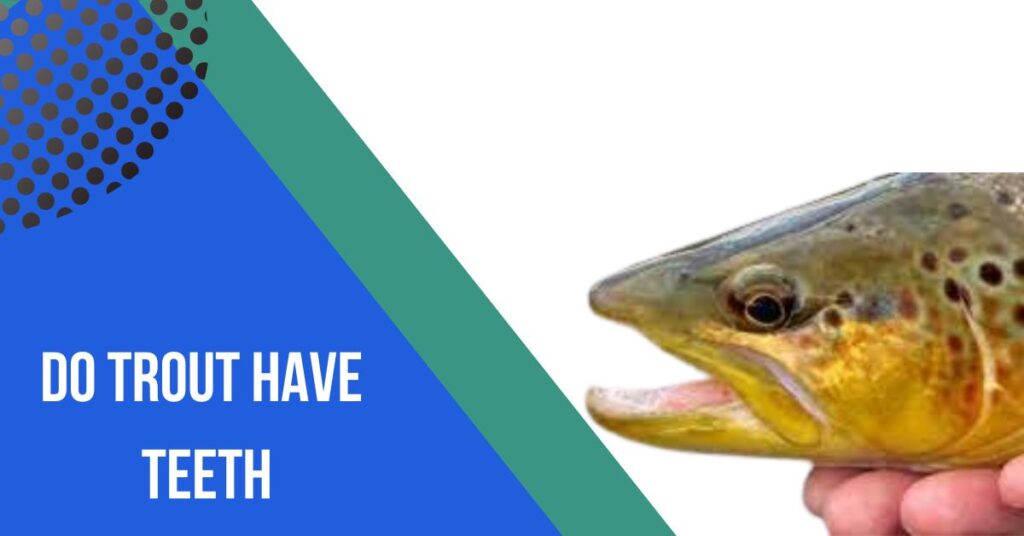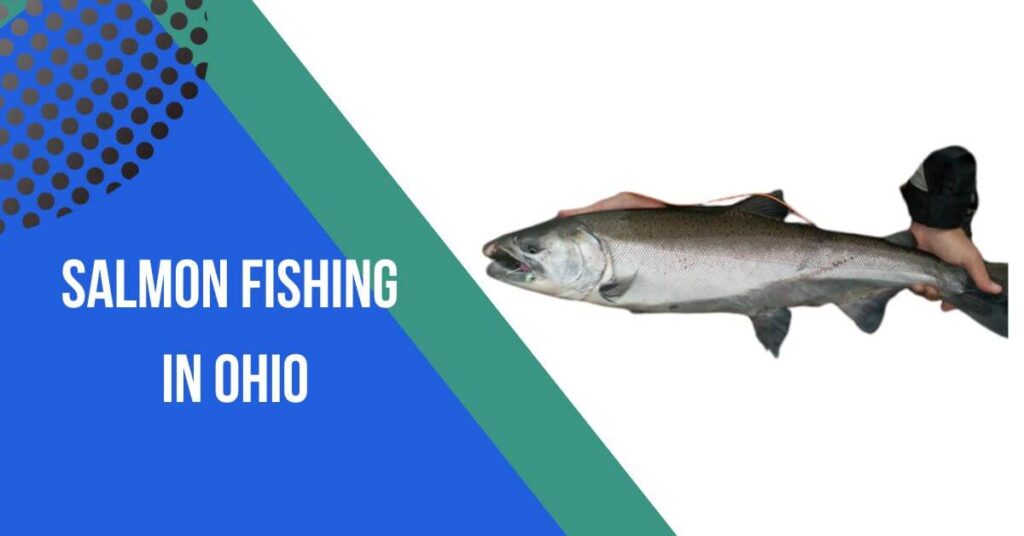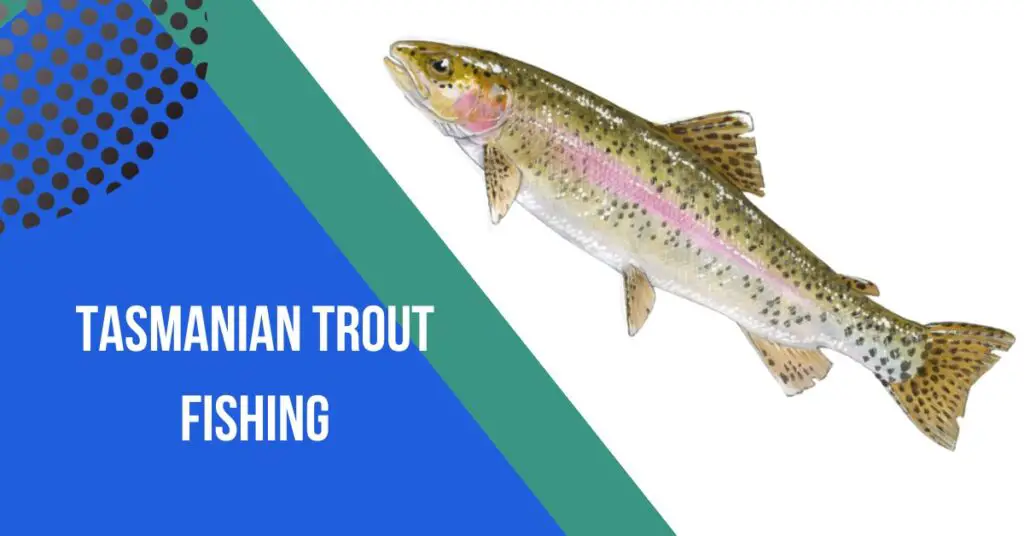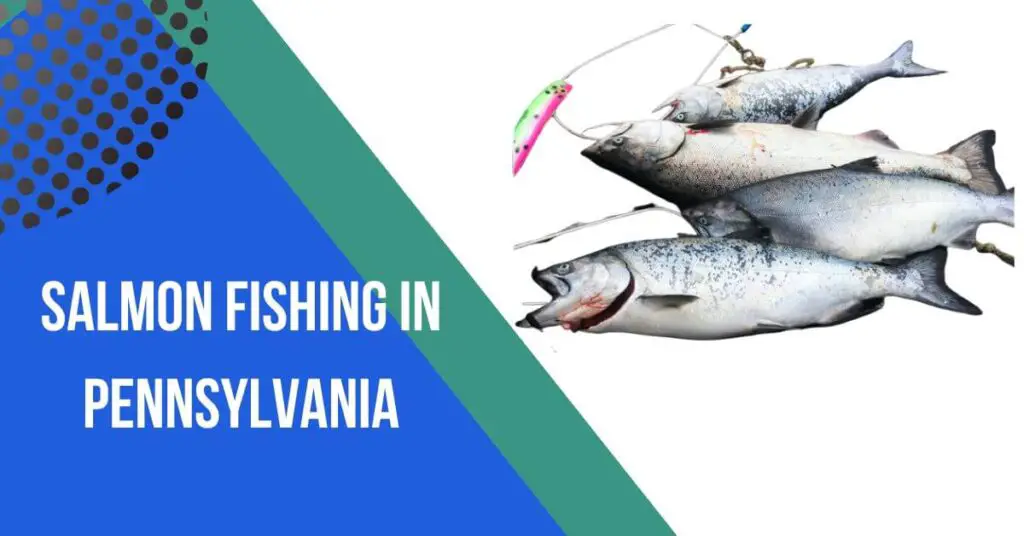Contents
- 1 Do Trout Have Teeth
- 2 Background on Trout
- 3 Risks of Handling Trout with Teeth
- 4 Conclusion:
- 5 FAQs:
- 6 Do trout have teeth?
- 7 What purpose do trout teeth serve?
- 8 Are trout teeth sharp?
- 9 Do all species of trout have teeth?
- 10 Can trout bite humans?
- 11 How do trout use their teeth to feed?
- 12 Do trout lose their teeth?
- 13 Can you feel the teeth when handling a trout?
- 14 Do trout use their teeth for defense?
- 15 Are trout teeth different from other fish species?
Trout, with their sleek bodies and mesmerizing underwater dance, have long captured the fascination of anglers and nature enthusiasts alike.
As these freshwater inhabitants navigate their habitats with remarkable agility, questions about their anatomy naturally arise. One intriguing aspect that often piques curiosity is the presence of teeth in trout.
While the image of a toothy fish might be more commonly associated with predatory species, the question remains:
Do trout have teeth? Delving into the intricacies of trout anatomy opens a gateway to understanding not only their evolutionary adaptations but also the crucial role these teeth play in their survival within aquatic ecosystems.
Join us on a journey beneath the surface as we explore the mysteries of trout dentition and unravel the significance of their unique oral structures.
Do Trout Have Teeth
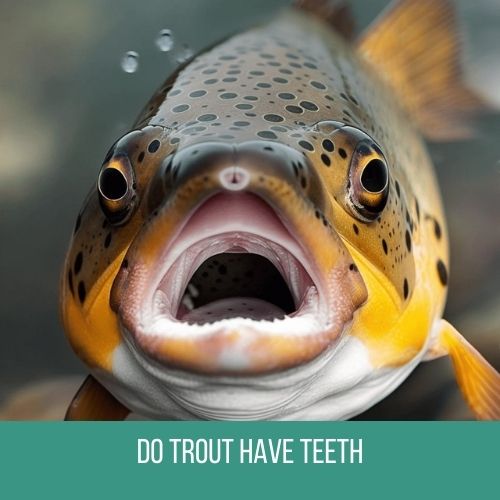
Yes, trout do have teeth. The teeth of trout are relatively small and are primarily located on the jaws, tongue, and roof of their mouth.
These teeth serve various purposes related to their feeding habits and survival in the wild.
>> Jaw Teeth: Trout have small, sharp teeth along their jaws, which are designed to grasp and secure prey. These teeth are especially effective in holding onto slippery prey like insects and small fish.
>> Tongue and Palate Teeth: In addition to jaw teeth, trout possess tiny, backward-facing teeth on their tongue and the roof of their mouth (palate). These teeth aid in manipulating and swallowing food, contributing to the efficient processing of prey.
>> Feeding Mechanism: The arrangement of teeth in trout is adapted to their carnivorous diet. These fish are opportunistic feeders, consuming a variety of aquatic insects, smaller fish, and sometimes even terrestrial insects that fall into the water.
>> Adaptations for Survival: Trout teeth are an evolutionary adaptation that enhances their ability to thrive in diverse aquatic environments. These teeth help them capture and consume a wide range of prey, contributing to their success as both predators and scavengers.
>> Species Variation: The presence and characteristics of teeth can vary among different species of trout. Some species may have more prominent teeth, while others may have finer or more numerous ones, depending on their specific ecological niche and dietary preferences.
Understanding the dental anatomy of trout not only provides insights into their biology but also adds to the appreciation of their role within aquatic ecosystems.
Whether you are an angler, biologist, or simply curious about nature, recognizing the presence of teeth in trout contributes to a holistic understanding of these fascinating freshwater inhabitants.
Background on Trout
Trout, a group of freshwater fish belonging to the Salmonidae family, are renowned for their captivating beauty and elusive behavior.
With over a dozen recognized species, including rainbow trout, brown trout, brook trout, and cutthroat trout, they inhabit cold, clear streams, rivers, and lakes across the globe.
Here’s a brief background on these remarkable fish:
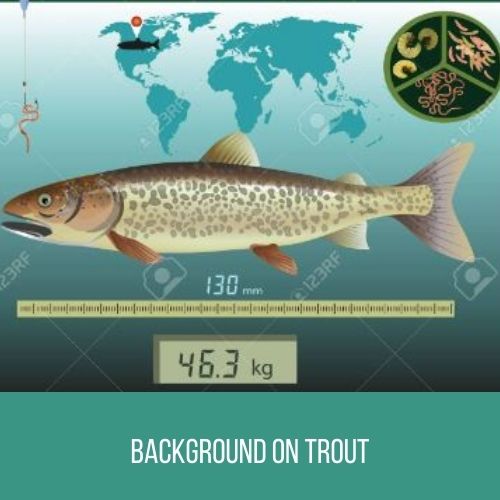
>> Habitat and Distribution: Trout are predominantly found in cool, oxygen-rich waters. They are native to North America, Europe, and Asia, but due to their popularity among anglers, they have been introduced to various regions worldwide. Their adaptability allows them to thrive in a wide range of aquatic environments.
>> Physical Characteristics: Characterized by a streamlined body, trout typically exhibit vibrant colors that can vary depending on the species and environmental factors. Their distinct spotting patterns and colorful hues make them not only a prized catch for anglers but also subjects of admiration for nature enthusiasts.
>> Lifecycle and Reproduction: Trout undergo complex lifecycles, typically involving distinct stages such as egg, alevin, fry, parr, and eventually reaching adulthood. Many species of trout are anadromous, meaning they migrate between freshwater and saltwater for different stages of their lives.
>> Feeding Habits: As carnivorous fish, trout are opportunistic feeders. They primarily consume aquatic insects, small fish, crustaceans, and sometimes even small mammals or terrestrial insects that fall into the water. Their feeding habits are closely tied to the availability of prey in their specific habitats.
>> Cultural and Recreational Significance: Trout holds immense cultural and recreational value. Anglers pursue trout for sport due to their challenging behavior and, in some cases, for their culinary appeal. Additionally, trout are often associated with pristine natural environments, and their presence in water bodies contributes to the overall ecological balance.
>> Conservation Challenges: Despite their popularity, trout populations face challenges related to habitat degradation, pollution, and climate change. Conservation efforts are crucial to preserving these iconic fish species and maintaining the health of the ecosystems they inhabit.
Understanding the background of trout provides a foundation for appreciating their ecological importance and the delicate balance required to ensure their continued existence in our freshwater ecosystems.
Whether in the context of scientific research, recreational fishing, or environmental conservation, trout remains a subject of enduring interest and concern.
Risks of Handling Trout with Teeth
While the prospect of catching a trout with its sleek, toothy demeanor can be exhilarating for anglers, it’s essential to be aware of the potential risks associated with handling these fish, particularly their teeth.
Here are some considerations to keep in mind:
>> Sharp Teeth: Trout possess sharp, pointed teeth designed for grasping and holding onto prey. When handling a trout, especially a larger or more energetic specimen, there is a risk of getting bitten. These teeth, though small, can cause puncture wounds and may result in injury if not handled carefully.
>> Protective Reflexes: Trout have protective reflexes that can be triggered when they feel threatened. Sudden movements or mishandling can prompt these reflexes, leading the fish to thrash about. In such instances, the risk of being inadvertently bitten increases, posing potential harm to both the angler and the fish.
>> Infection Risk: Puncture wounds caused by trout teeth carry a risk of infection, particularly if the angler has open cuts or abrasions on their hands. The bacteria present in the water or on the fish’s skin can enter the bloodstream through these wounds, emphasizing the importance of proper wound care after handling trout.
>> Stress to the Fish: Improper handling techniques, such as excessively squeezing or mishandling the fish, can cause stress to the trout. Stress is not only detrimental to the well-being of the fish but can also impact its chances of survival if released. Minimizing stress is crucial for ethical catch-and-release practices.
>> Protective Measures: Anglers can take precautions to reduce the risks associated with handling trout with teeth. Using wet hands or gloves can minimize the chances of injury, as wet surfaces are less likely to remove the fish’s protective slime layer. Additionally, employing proper handling techniques, such as supporting the fish correctly, can help reduce stress on the fish and the angler.
>> Conservation Awareness: An awareness of the potential risks associated with handling trout reinforces the need for responsible angling practices. Conservation-minded anglers prioritize the health and well-being of the fish, advocating for sustainable fishing practices and habitat preservation to ensure the long-term viability of trout populations.
By understanding and respecting the risks involved in handling trout with teeth, anglers can enjoy their pursuit while promoting the conservation of these iconic freshwater species.
Responsible handling practices not only enhance the angling experience but also contribute to the overall health of trout populations in their natural habitats.
Conclusion:
In conclusion, while the allure of catching a trout with its sharp teeth adds excitement to the angling experience, enthusiasts must exercise caution during handling.
The risks associated with trout teeth, including puncture wounds, infection, and stress to the fish, underscore the importance of responsible angling practices.
By adopting proper handling techniques, minimizing stress on the fish, and prioritizing conservation-minded approaches, anglers can contribute to the well-being of trout populations and ensure the sustainability of this beloved recreational activity.
Ultimately, a harmonious balance between the thrill of the catch and the preservation of these iconic freshwater species is key to a fulfilling and environmentally conscious angling experience.
FAQs:
Certainly! Here are some frequently asked questions (FAQs) related to whether trout have teeth:
Do trout have teeth?
Yes, trout do have teeth. They have small, sharp teeth that are located on the jaws, roof of the mouth (vomerine teeth), and tongue.
What purpose do trout teeth serve?
Trout teeth are adapted for gripping and holding onto prey. They help the trout catch and consume a variety of aquatic insects, small fish, and other organisms in their natural habitat.
Are trout teeth sharp?
Yes, trout teeth are sharp. While they may not be large or visible, they are effective in grasping and holding onto slippery prey in the water.
Do all species of trout have teeth?
Yes, teeth are a common characteristic among various species of trout. This includes popular species like rainbow trout, brown trout, brook trout, and others.
Can trout bite humans?
While trout do have teeth, they are generally not large or powerful enough to cause harm to humans. However, handling fish, including trout, should be done with care to avoid injury to both the fish and the handler.
How do trout use their teeth to feed?
Trout primarily use their teeth to grip and hold onto prey items. They often feed on insects, small fish, and other aquatic organisms, and their teeth help them secure and consume their food.
Do trout lose their teeth?
Trout, like many other fish, continuously grow and replace their teeth throughout their lives. This ensures that they can effectively catch and consume prey over time.
Can you feel the teeth when handling a trout?
The teeth of trout are quite small and may not be easily felt when handling them. However, it’s still advisable to handle fish with care to avoid any accidental injury.
Do trout use their teeth for defense?
While trout primarily use their teeth for feeding, they may instinctively bite if they feel threatened. However, their teeth are not a significant defense mechanism, and they are generally more inclined to flee from potential threats.
Are trout teeth different from other fish species?
The structure and arrangement of teeth can vary among different fish species. While trout teeth share similarities with those of other predatory fish, the specific characteristics may differ based on the species.
Remember that specific details may vary among different species of trout, and these answers provide a general overview of the topic.

